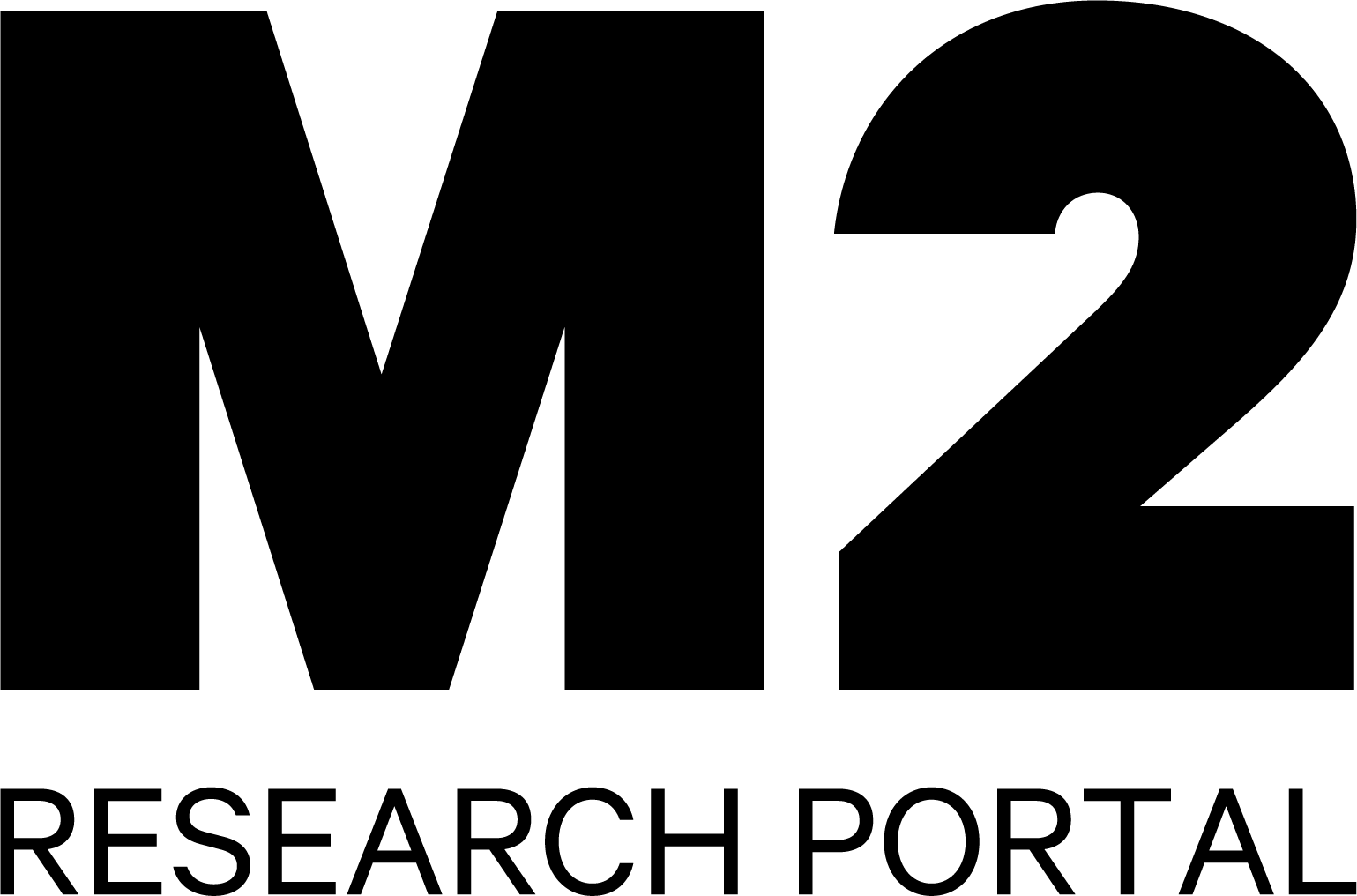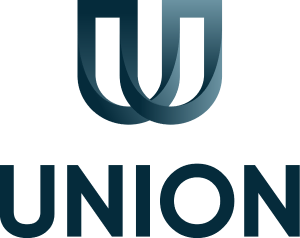Long way back
The recovery of the Norwegian economy is well under way, but the country must probably be prepared for several years of weak economic development.
Locking Norway down in connection with the Covid-19 outbreak reduced mainland (non-oil) GDP in April by about 11 per cent compared with February. Activity has recovered considerably in subsequent months, and roughly half the decline had been reversed during July.¹
Statistics Norway has upgraded its forecasts for 2020 compared with its March prediction. It then expected a 5.5 per cent drop in GDP for 2020, but September’s updated outlook assumes a decline of 3.2 per cent. Although the downturn will probably be smaller than feared and recovery is expected to continue, the Norwegian economy will probably experience a weak trend during coming years.
Oil investment this year and next is likely to decline by 3.1 and 10.1 per cent respectively. That downturn partly relates to the sharp drop in crude prices, but also reflects the approaching end of the Johan Sverdrup development. Business investment in general has also fallen markedly, but the most of the downturn here is expected to be concentrated in 2020. Housing investment, which will also decline this year, is expected to provide a growth impulse from as early as 2021.The politicians have introduced a number of support packages to help Norwegian companies through a demanding time. Their scope has admittedly proved smaller than initially expected, but the overall effect is an expansive financial policy which has slowed the downturn.
Unemployment has fallen by seven percentage points from its April peak.² At 2 October, 105 300 people or 3.7 per cent of the workforce were registered as wholly jobless. The improvement in the labour market and interest cuts totalling 150 basis points (bps) by the central bank have helped to increase consumer confidence and purchasing power.
Source: Norwegian Labour and Welfare Administration (NAV), September 2020That has led in turn to a sharp rise in consumption. However, a big differential remains in the utilisation of goods and services. While goods consumed in July were up by no less than nine per cent from February, the decline in demand for services was still 15 per cent. Overall, private consumption is not expected to return to the pre-epidemic level until the end of 2021.
The housing market is surprisingly strong. Nationally, prices bottomed out as early as April and are now up by 5.8 per cent from the same period of last year.³ House prices in Oslo have risen by 7.7 per cent over the past 12 months, and are now at a record level in nominal terms.
Developments in the housing market are precisely why a number of economists believe the central bank will bring forward its first interest rate rise. Statistics Norway expects the base rate to be increased gradually from mid-2021 to 0.75 per cent in 2023. For its part, the central bank expects its zero base-rate regime to persist until the end of 2022.
While interest rates are at a record low, inflation is expected to slow in the time to come. In other words, a period of very low real interest rates lies ahead.
¹Source: Statistics Norway
²Source: Norwegian Labour and Welfare Administration (NAV),
³Source: Eiendom Norge. Seasonally adjusted.

